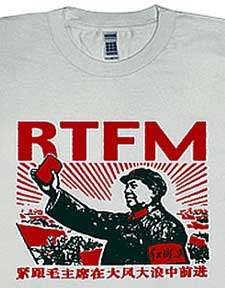The idea of the center is a powerful one. It somehow denotes the middle, equilibrium, balance and this spills over into an idea of well-being. The classic search for centers is Jules Verne â??Journey to the Center of the Earthâ?? which somehow never really makes it into a good metaphor for soul-searching introspection.
In our local lives we have a middle-point. Actually we have several. We have a geographical center that somehow denotes the middle point of our everyday travels. Most of us would like such a point to be the place of our homes but the reality of real estate prices probably puts this point somewhere we may never have been â?? the tube or bus station in between home and work.
But there is rarely one center. We have shopping centers (sorry about the pun), entertainment centers, and centers related to many other activities (e.g. food). The mental images of our travels to and from our centers overlap the physical city. Centers are also important outside the personal context. Centers of culture, economics, shipping, religion and industry abound. But these are centers of the imaginary kind.
Geographic centers are common. One such center, which has been notoriously hard to pin down, is the center of Europe. First we have to start by attempting to define what Europe is. This is a historic, geographic, political and nationalistic quagmire (oh no, donâ??t go there). So we simplify, the center of the European Union (an entity which is not Europe).
On the 1 January 2007 the EU center shifted. This is because both Bulgaria and Rumania joined. More territory joins therefore the center shifts (about 200 kilometers east). According to the IGN he new center of the EU is the German town of Gelnhausen.
But the title is contested since there are plenty of places which seem to want the title. Here are a few: Bernotai, or PurnuÅ¡kÄ?s near Vilnius in Lithuania; a point on the island of Saaremaa in Estonia; the village of Krahule in central Slovakia; the town of Rakhiv, or the village of Dilove, in western Ukraine; Suchowola in north-eastern Poland; and ToruÅ? in the northern part of central Poland; Babruysk or Vitebsk in Belarus (Wikipedia).
Several of these sites have nice markers to celebrate the â??factâ?? and to point out the reason for the significance of the insignificant site.
To be able to arrive at the geographical center of Europe the IGN have taken into consideration the English and French colonies far, far away â?? proving once again that the center is equally a state of mind as a geographic fact.
Despite the fact that the center is an illusion we still tend to seek it out. The newly declared Gelnhausen center is in the middle of an empty field (Google Satelite image of 50°10�21�N, 9°9�0�E), identical to all the other fields around it.
Thatâ??s it isnâ??t it? We strive to find the center only to discover that it is no different from the periphery and yet we still value the center even when it is devoid of distinguishing characteristicsâ?¦







